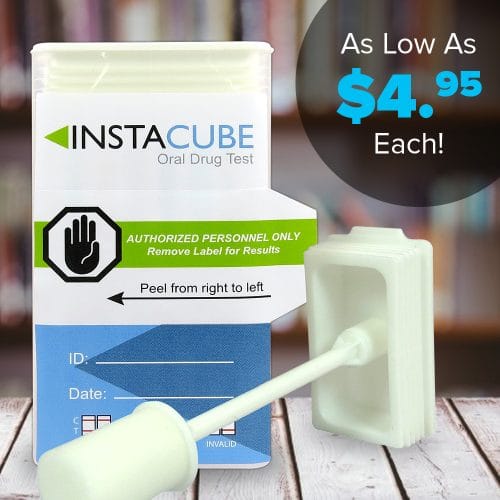The National Safety Council warns us that from Memorial Day to Labor Day are the 100 deadliest days for teen drivers. In 2012, nearly 1000 people were killed in crashes involving teens—more than half of them teens themselves. There are several reasons this is true—and all of them are amplified with drug and alcohol use.
The sad fact is that car crashes are the leading cause of death among teens, who are three times more likely to crash as more experienced drivers. That danger increases during the summer for several reasons:
- More recreational driving—unlike driving to and from school or after-school jobs, recreational driving is more apt to involve distractions and inattention.
- More free time—all that extra time means more opportunities to go somewhere and that means more driving time—often on unfamiliar roads, which increases risk.
- Driving faster—something about that open road and friends waiting at the beach or the party makes a teen want to press harder on the accelerator.
- Staying out later—driving late at night when fatigued exponentially increases the possibility of accidents.
- Driving with friends—one of the biggest contributors to teen crashes is distractions by friends in the vehicle. According to the National Safety Council, just one teen passenger increases a teen driver’s crash risk by 48 percent. Three or more teen passengers increase crash risk by as much as 307 percent. Sunny summer days and warm nights mean cars full of laughing, boisterous teens.
- Alcohol and drugs—summertime is party time, and that inevitably means more exposure to alcohol and drugs. Add this to any of the above factors and you have a recipe for disaster.
All of this can mean some tough decisions for parents of teens. You want your teen to enjoy their summer, but you also want them to be alive when fall arrives! There are two key strategies to helping teens drive responsibly: talking to them and setting boundaries and rules.
Talk to your teen
Regular, open communication is the most positive way to keep your teen aware of potential dangers and of how and why to act responsibly. And remember: they respond far better to stories than to statistics. Find examples from news and other media about the consequences of poor choices. Invite them to come up with their own examples from their experiences with friends and peers.
- Talk about seatbelts—Seatbelts are a major factor in preventing death or major injuries in a crash.
o Statistics for you: the good news is that 80% of teens now buckle up. The bad news is 54% of teens who die in crashes aren’t wearing seatbelts.
o Story for your teen: “Think about it: if you are in an accident, a seatbelt insures you won’t be thrown out and you’ll be in a position where an airbag can save you. Now, which would you rather have around you if you crash or turn over in a car—two tons of high-strength steel or just a tank top and shorts?”
- Talk about distractions—Forget multitasking. The human brain can only concentrate on one thing at 100% capacity, and when you are driving, your life depends on being totally involved in paying attention to what you are doing. Texting, calling, playing around with friends—all of these increase the chance of an accident.
o Statistics for you: See above for distracting passengers. Plus, 26% of all car crashes involve cell phone use, including hands-free.
o Story for your teen: “It’s not about your ability to multitask—it’s basic biology. Multitasking actually means your brain is switching rapidly between two things. If you are on the phone, the part of your brain that deals with moving images loses 1/3 of its ability to do so. Which means you have that much less of a chance to see and avoid that 18-wheeler flying toward you.”
- Talk about drugs and alcohol—Yes, these are going to be part of your teen’s life, even if they don’t use them themselves. Teen brains are different from adult brains. They already tend to make less realistic or mature choices. Alcohol and drugs drive that ability still lower, even with small quantities like a single drink.
o Statistics for you: 23% of teens admit to driving under the influence of drugs or alcohol. 20% of those teens say they drive better after drinking, while 34% say the same about pot!
o Story for your teen: “I can quote you facts all day, but here’s the bottom line: that one drink or pill or joint could kill or maim you or one of your friends or an innocent bystander. And even if it doesn’t, it could mean police—or me!—taking your license on the spot. How much fun would you have this summer without the car?”
Set boundaries and rules
You’re the parent. Set some rules, explain the reasons why and stick by them.
- Enforce driving curfews
- No drugs or alcohol
- No cell phone calls or texting while driving—and no texting friends who they know are driving!
- Limit the passengers they can drive with—and tell them to set some rules about behavior in their car! Let them assume some responsibility.
- If they are a passenger with someone who is under the influence, insist they call you and you will come pick them up. Do the same if they drive to a party and, in spite the rules, they use alcohol or drugs. Let them know you would rather have them alive and safe above all else.
And finally, set an example: wear seatbelts. Don’t drink and drive. Avoid cell phones in the car. Obey traffic laws.
Your example is the best teacher of all.


